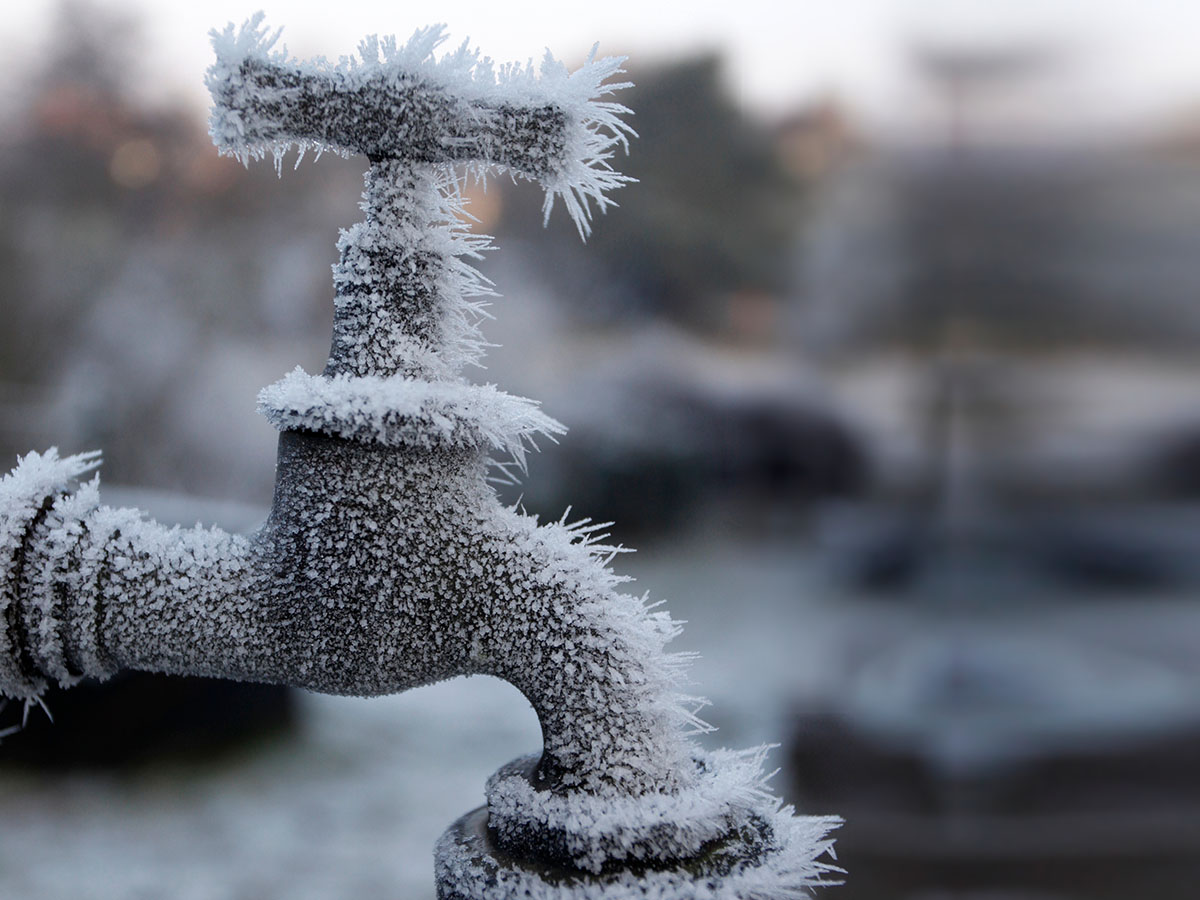Protecting Against Frozen Pipes in Winter: Key Strategies
Protecting Against Frozen Pipes in Winter: Key Strategies
Blog Article
Are you hunting for facts and techniques on How To Avoid Freezing Pipes?

Winter can ruin your plumbing, particularly by freezing pipelines. Here's just how to prevent it from happening and what to do if it does.
Intro
As temperature levels decrease, the risk of icy pipes rises, potentially leading to costly repairs and water damage. Comprehending how to prevent icy pipelines is essential for home owners in chilly climates.
Comprehending Icy Pipelines
What causes pipes to ice up?
Pipes freeze when revealed to temperatures below 32 ° F (0 ° C) for expanded periods. As water inside the pipelines ices up, it expands, taxing the pipeline walls and possibly causing them to break.
Threats and problems
Frozen pipes can bring about water supply disruptions, property damages, and costly repair services. Burst pipelines can flood homes and create comprehensive architectural damage.
Indicators of Frozen Water Lines
Recognizing frozen pipes early can stop them from breaking.
How to determine frozen pipelines
Try to find reduced water flow from faucets, uncommon odors or noises from pipelines, and noticeable frost on revealed pipelines.
Avoidance Tips
Insulating vulnerable pipes
Wrap pipes in insulation sleeves or utilize warm tape to shield them from freezing temperatures. Concentrate on pipes in unheated or exterior areas of the home.
Home heating methods
Keep interior rooms adequately heated, specifically locations with pipes. Open up closet doors to allow cozy air to flow around pipelines under sinks.
Shielding Exterior Pipes
Garden hoses and outside faucets
Detach and drain pipes garden pipes prior to winter. Install frost-proof faucets or cover exterior taps with insulated caps.
What to Do If Your Pipelines Freeze
Immediate activities to take
If you think frozen pipelines, maintain taps available to soothe stress as the ice melts. Use a hairdryer or towels soaked in warm water to thaw pipes gradually.
Long-Term Solutions
Architectural changes
Think about rerouting pipes far from outside walls or unheated locations. Add extra insulation to attic rooms, basements, and crawl spaces.
Upgrading insulation
Invest in high-quality insulation for pipelines, attics, and wall surfaces. Appropriate insulation helps keep constant temperatures and decreases the risk of frozen pipelines.
Verdict
Protecting against icy pipelines needs proactive procedures and quick reactions. By understanding the causes, indicators, and safety nets, house owners can secure their plumbing throughout cold weather.
5 Ways to Prevent Frozen Pipes
Drain Outdoor Faucets and Disconnect Hoses
First, close the shut-off valve that controls the flow of water in the pipe to your outdoor faucet. Then, head outside to disconnect and drain your hose and open the outdoor faucet to allow the water to completely drain out of the line. Turn off the faucet when done. Finally, head back to the shut-off valve and drain the remaining water inside the pipe into a bucket or container. Additionally, if you have a home irrigation system, you should consider hiring an expert to clear the system of water each year.
Insulate Pipes
One of the best and most cost-effective methods for preventing frozen water pipes is to wrap your pipes with insulation. This is especially important for areas in your home that aren’t exposed to heat, such as an attic. We suggest using foam sleeves, which can typically be found at your local hardware store.
Keep Heat Running at 65
Your pipes are located inside your walls, and the temperature there is much colder than the rest of the house. To prevent your pipes from freezing, The Insurance Information Institute suggests that you keep your home heated to at least 65 degrees, even when traveling. You may want to invest in smart devices that can keep an eye on the temperature in your home while you’re away.
Leave Water Dripping
Moving water — even a small trickle — can prevent ice from forming inside your pipes. When freezing temps are imminent, start a drip of water from all faucets that serve exposed pipes. Leaving a few faucets running will also help relieve pressure inside the pipes and help prevent a rupture if the water inside freezes.
Open Cupboard Doors
Warm your kitchen and bathroom pipes by opening cupboards and vanities. You should also leave your interior doors ajar to help warm air circulate evenly throughout your home.

We hope you enjoyed reading our post about How To Avoid Freezing Pipes. Thanks so much for taking time to read our posting. For those who appreciated our page plz do not forget to pass it around. I take joy in your readership.
Click Here! Report this page